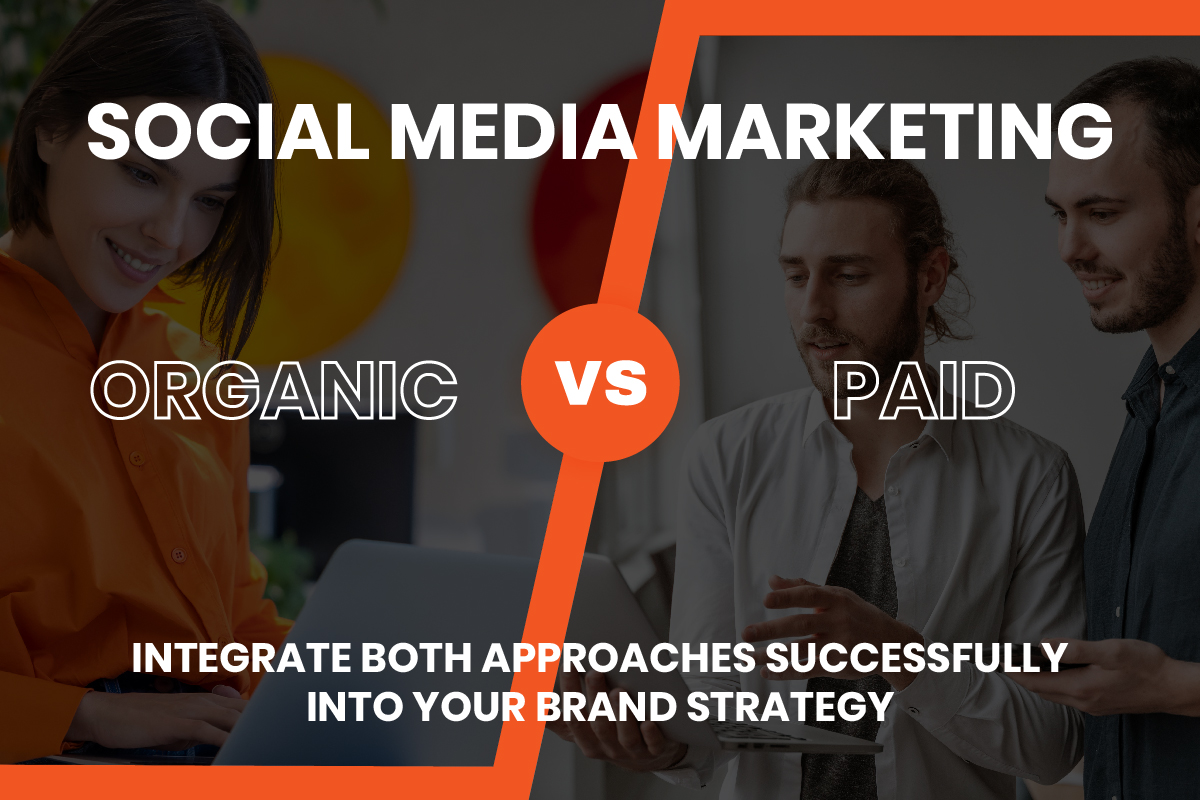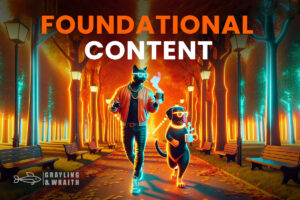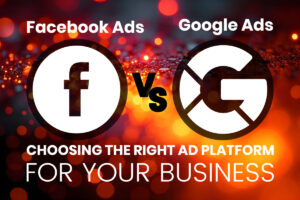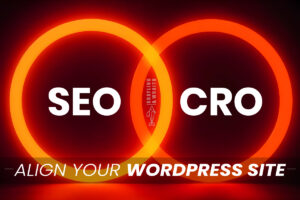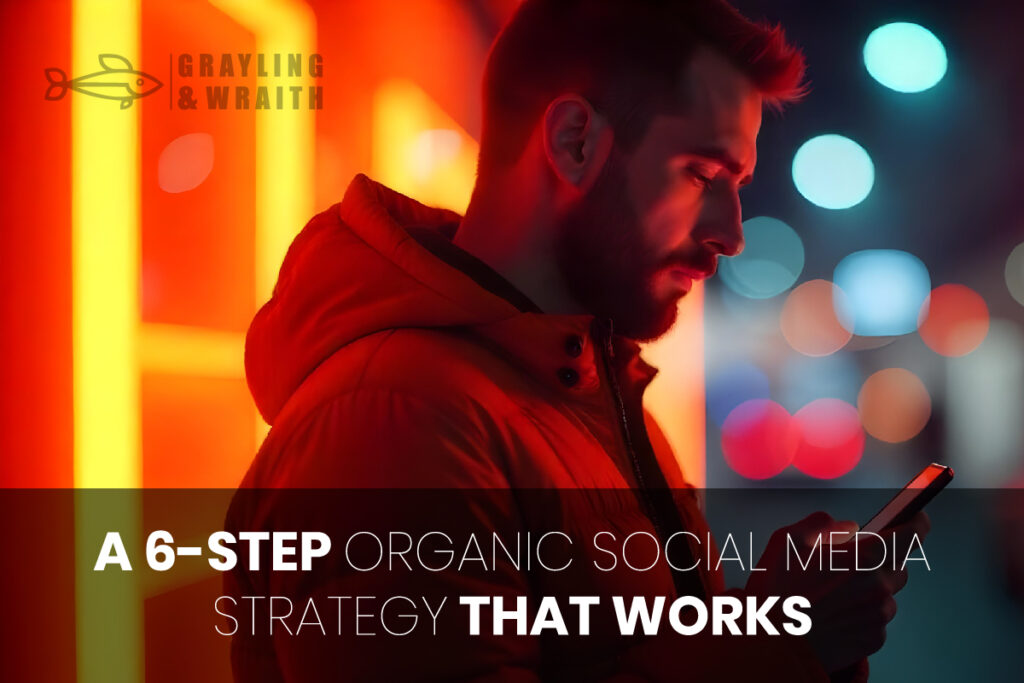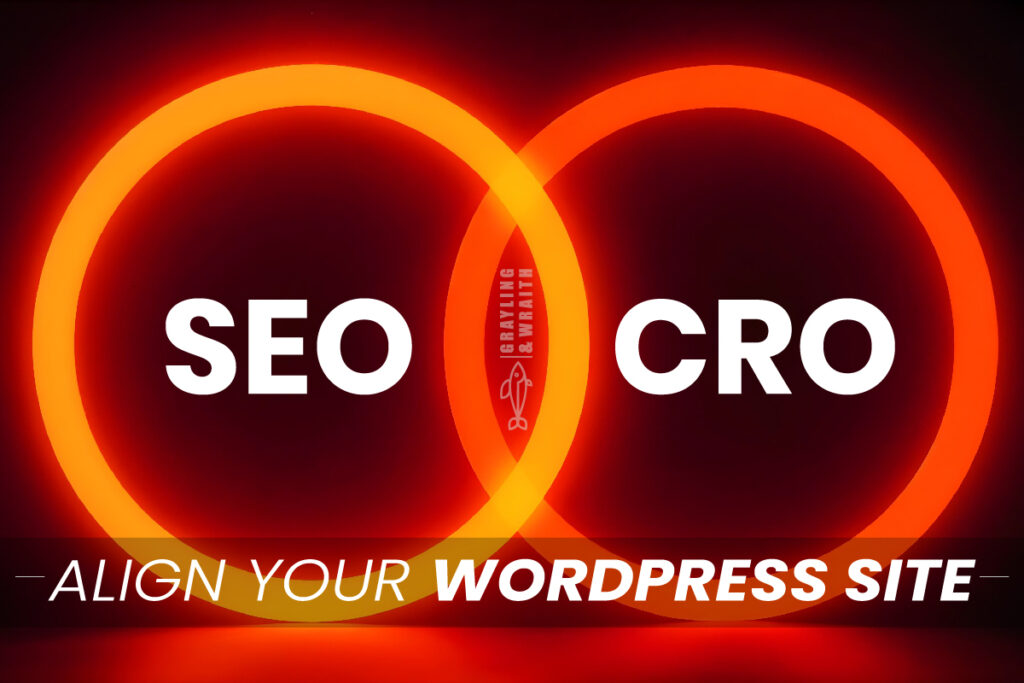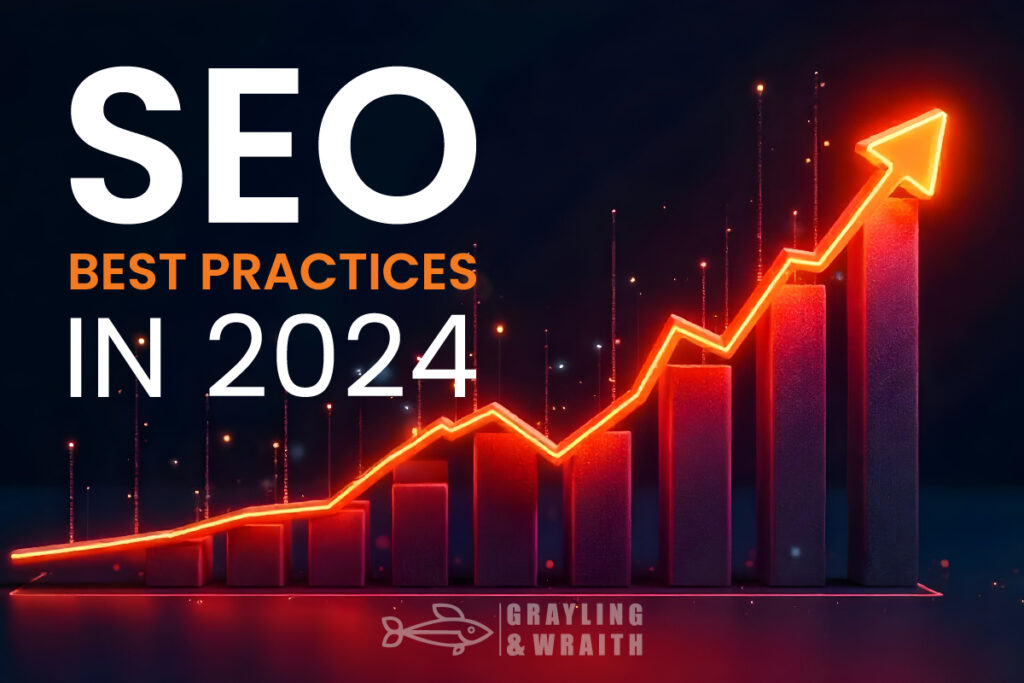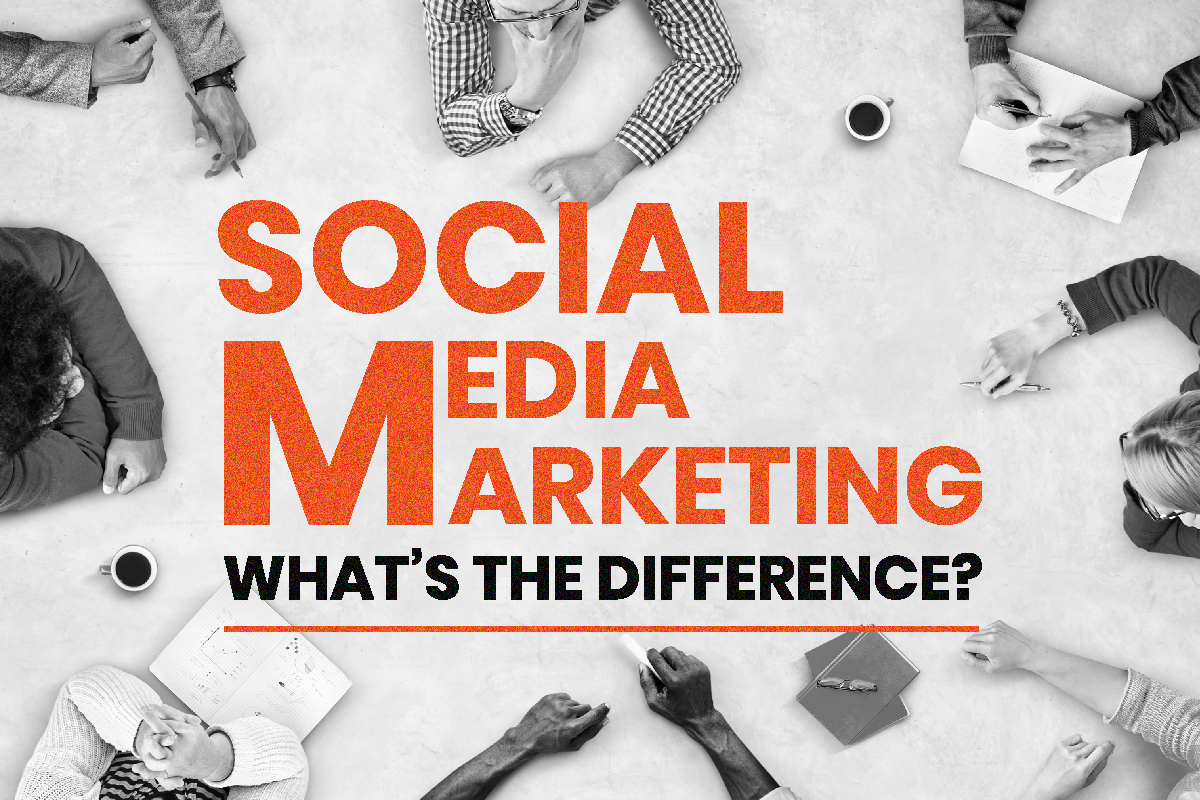
58% of consumers visit a brand’s social media accounts before they ever check the company’s website. Consumers are now turning to Organic and Paid Social Media to research products and services. 79% of consumers state that user-generated social content highly influences their buying decisions.
43% of online users consider social media as a main source of information for products and services they intend to buy.
More than half of the world’s population now uses social media, and this audience spends an average of 2 hours and 27 minutes online every day.
Brand discovery takes place every second of every minute of every hour on social media. If your business has no social media presence, you are conceding a considerable advantage to your competitors.
How does social media work to the benefit of your business goals?
How does it help you win your customers’ approval? Should you focus your effort and advertising budget on organic campaigns or should you invest thousands in paid advertising to expand your base of followers? Neither of the two options by itself will help you reach your marketing goals. Ideally, you need to incorporate both strategies while allowing your emphasis to move between options as your business circumstances dictate.
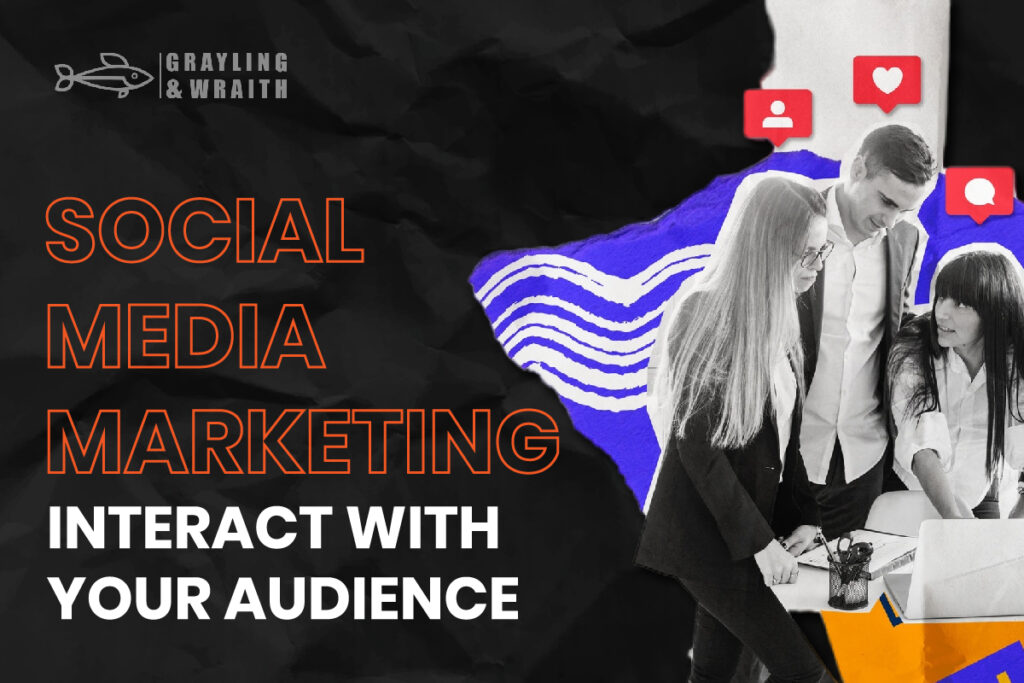
What is organic social media?
Organic social media is posted for free where your brand can share stories and update statuses, create events, share visual content, etc. These posts will show on the individual news feeds of people who follow your account. The content you include in your organic posts can be blog posts, or visual content such as videos, infographics, etc. Even more people will see your content whenever your followers share and interact with them. Besides your existing followers, your content can also be seen by people following the hashtags or locations that you mention in your content. With organic social media marketing, however, you are at the mercy of the whims of the media algorithms. Your organic posts might dependably appear in your followers’ feeds, or they may not.
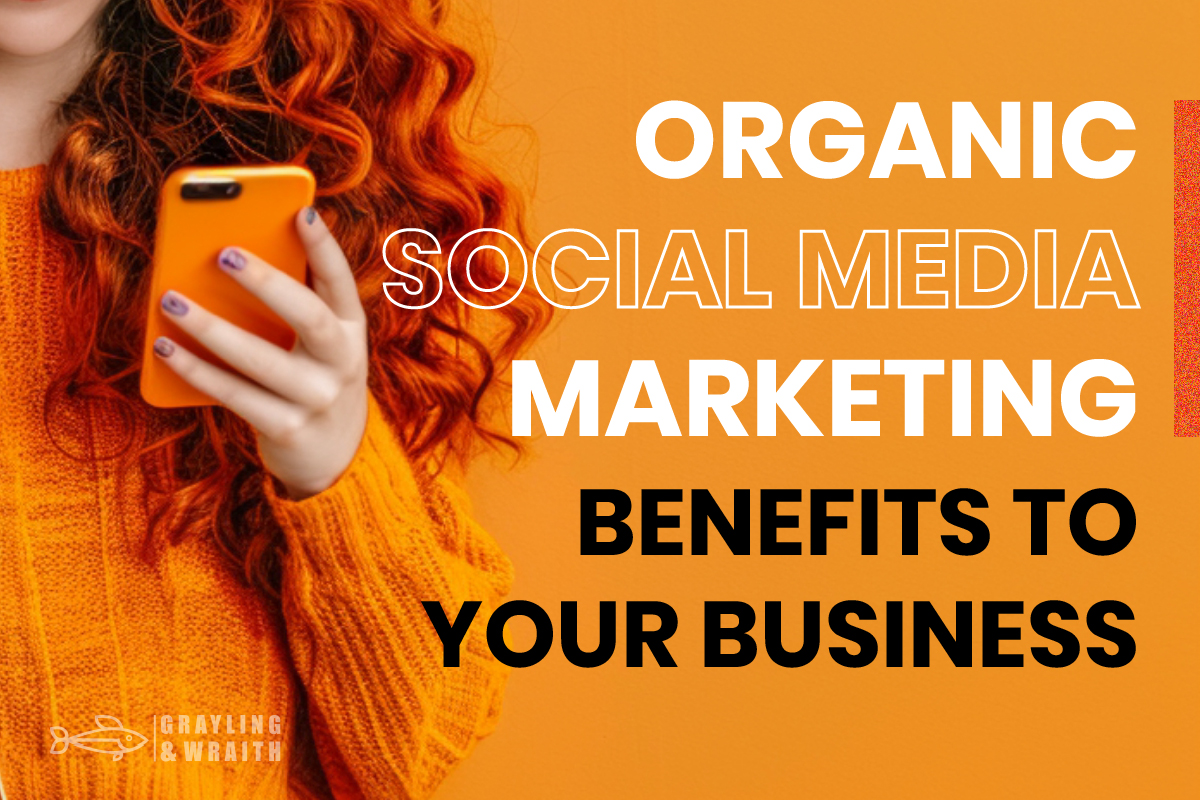
Organic social media marketing: benefits to your business
Organic Social Media Marketing should be the core strategy of your digital marketing efforts. This approach helps make the strongest connections with potential clients and supports existing ones. Organic Social Media Marketing builds your brand and establishes authentic, lasting relationships with your client base. It also provides opportunities to demonstrate effective customer service. Organic reach is relevant to your business because it refers to people who are already interested in your brand. These are the individuals who want to hear from your business regularly.
Organic posts for your social accounts validate your brand– the quality of your products or services, the trustworthiness of your product information and advertising claims, and the quality of your customer service– for target customers who are still undecided about doing business with your brand. Social users are now relying on social media to discover products, services, and brands. 97% of consumers who purchase goods and services online have accessed social media in the previous month. 76% of online users reveal that they use social media for product research, and those who have positive social media interactions with brands recommend the brand to social connections.
A few of the important fringe benefits of employing Organic Social Media Marketing strategies are:
Organic social media marketing costs nothing
It is technically free to maintain an organic social media presence. Organic social media marketing may be the correct strategy for you if your campaign is operating on a slender budget and if you have the appropriate people on your social media team.
Any costs that accrue in managing an organic social media presence come from the work it takes to produce content and engage with followers. These costs might be associated with hiring dedicated employees to staff your team. Alternatively, you might outsource your content creation or other media work to freelancers.
Organic social media marketing allows you to implement your strategies quickly, without a large staff or significant initial expenditures. Having a well-maintained and active social media profile provides your customers with a trusted forum. Here, they can confidently air their concerns, share experiences, ask questions, provide feedback, and offer compliments.
Your brand can realize the full potential of your organic social media efforts if you dedicate time and resources to maintain an effective social media presence.
The most effective social media campaigns are not necessarily the ones that have unlimited budgets. They are the ones produced by brands that provide original, engaging, understandable, and useful content across their social media profiles. This content is genuine, curated, and verified, connecting effectively with their audience.
Organic social media marketing encourages trust
If you have no organic social media marketing strategy to assist your paid efforts, you are surrendering much to your competitors. A well-designed and fully functioning organic strategy helps your word-of-mouth marketing, the most cost-effective campaign of all. Eighty-eight percent of people put trust in online reviews provided by other consumers. An effective Organic Social Media Marketing strategy positions your brand as an authority on issues of concern in your market space. It builds positive perceptions of your company in current and potential clients. This strategy also increases customer loyalty.
To best serve your business goals, new clients attracted by your paid social media campaigns should be supported by an Organic Social Media Marketing strategy that engages with customers actively, honestly, productively, and consistently.
Organic social media marketing establishes your brand personality
Social media provides you the opportunity to create and promote your brand personality. You can create an online personality that is witty, playful, solemn, and businesslike or that personifies any other qualities you believe to be suitable for existing and target customers to associate with your brand.
Your business is already at a disadvantage if you have not yet developed Organic Social Media Marketing. Ninety-one percent of brands are active now on more than one social channel. Additionally, eighty-four percent of Business-to-Business marketers are already using social media in some form.
Organic social media marketing builds connections with customers
Social media is an effective tool for ongoing customer relations and customer service. While paid social media marketing efforts help spread brand awareness to new audiences, Organic Social Media Marketing efforts deepen customer relationships. Organic social media marketing has a 100% higher lead-to-close rate when compared to paid social media marketing. Brands and customers can learn about each other simultaneously through organic interaction. Furthermore, potential customers who first find you online can directly connect with you through social media if they have questions about your brand. Organic Social Media Marketing strategies allow you to adjust your messaging based on insights gathered from your paid social media marketing campaigns.
Organic Social Media Marketing Drawbacks
Although free, Organic Social Media Marketing comes with inherent disadvantages such as the following:
Organic Social Media Marketing is time-consuming
Producing original, engaging, understandable, useful, and persuasive content and then interacting actively with your audience are pursuits that take considerable time and energy. Maintaining your social media profiles without a dedicated team or outside help takes many hours of dedicated labor. Moreover, the results of your Organic Social Media Marketing efforts don’t occur quickly. It can take considerable time to earn the trust and loyalty of your customers.
Organic Social Media Marketing is often interrupted by constantly changing platform algorithms
The success of your Organic Social Media Marketing effort is determined by some factors over which you may exercise no control. Social media platform algorithms constantly update. What your audience will see on their feed is dependent on algorithms that sort content based on relevance and potential enrichment. Its campaigns must recognize and accommodate these algorithms as they evolve.
Organic Social Media Marketing is difficult to direct
Organic Social Media Marketing does not allow the distribution of your content to specific demographics or types of users, unlike paid advertising. The content you share only reaches your followers and those people with whom they share it.

Keys to a successful Organic Social Media Marketing campaign
Social media algorithm aims to promote a positive user experience such that the more people engage with your content, the higher the chance you have to get introduced to a larger audience. Here are ways you can work the algorithm to your advantage:
Understand your audience
How can you provide appropriate content if you don’t know what appeals to your audience? Create a “buyer persona” to get a clear understanding of your target audience. Developing and adopting a carefully constructed “buyer persona” helps you profile your ideal customer and reveals to you important and actionable evidence about how to approach this market segment. Using easy-to-gather data about your users and followers (demographics, professional status, personal goals, interests, sympathies, etc.) will allow you to design and present content that resonates with your realistic prospects and will allow you also to adjust your approaches for secondary and tertiary audiences.
Focus your efforts on effective channels of communication
Your brand doesn’t have to be available everywhere; it just needs to be in the places where your targeted prospects present themselves. Survey your audience, check your social shares on your website, and frequently assess your competition to identify where they deploy resources for their organic efforts. Auditing your content allows you to see with whom you are connecting, who, in turn, is engaging with you, which networks your audience is using, and how your brand is faring there compared to your competition. The insights you gather from a content audit will help you confirm which accounts you need to cultivate and which to abandon.
Balance your content
Posting promotional content exclusively on your social media resources is a surefire way to alienate your audience. While it may be tempting to promote your brand, to be successful you must serve the needs and expectations of your followers. Users expect you to produce and offer them original, engaging, understandable, and useful content. Such content helps persuade them to trust in your expertise and authority in the market space, a first necessary step in convincing new followers and interested casual browsers to do business with you. Remember the rule of thirds when uploading content– 1/3 promotional content, 1/3 curated content relevant to your brand, and 1/3 personal narrative
content. Sharing content that is not from your brand shows your willingness to collaborate with others to serve the best interests of your clients and that your understanding of your industry is both broad and deep. Additionally, you can also take advantage of user-generated content to boost engagement and build loyalty.
Engage with your audience
In order successfully to meet your business goals organically on social media, your brand must focus on providing a convenient, pleasant, and fulfilling user experience as well as original, engaging, understandable, and useful content.
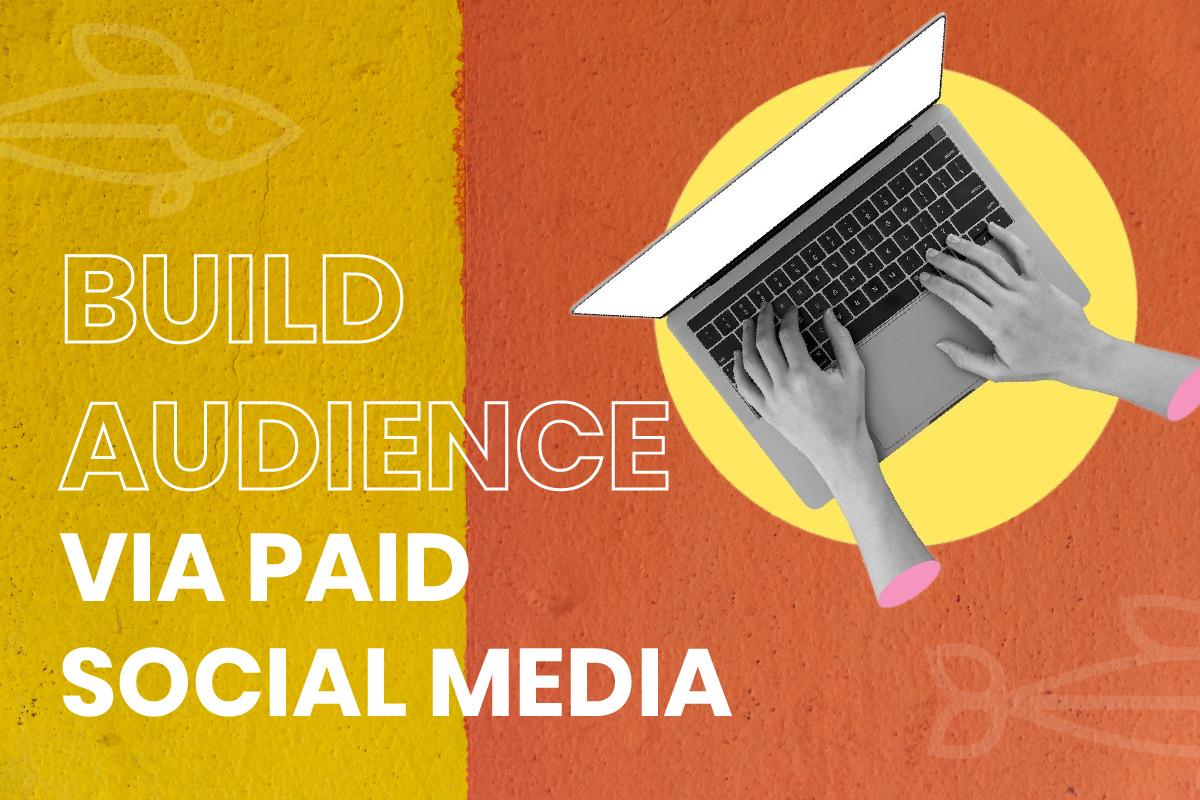
What is paid social media marketing?
Paid social media marketing strategies, as suggested by the title of the concept, consist of paying to distribute your content to a specific audience. Your paid (sponsored) social media posts expose your brand to new audiences through customized targeted appeals. Through paid advertising and content distribution, you can establish first contact with the specific demographics that you feel will be the most receptive to what products or services your business has on offer. Paid social media marketing allows you to target an audience beyond your followers precisely and allows you as well to decide when and where to target them. The amount of data and analytics available to track these paid social campaigns is virtually unlimited.
The payment model of paid social media content distribution works for any budget. Typically the method charges advertisers on a pay-per-click (PPC) basis, wherein charges only accrue if users click on your paid content.

Benefits of paid social media marketing to your business
paid social media marketing offers the following direct benefits:
Expands your reach
Paid social media marketing gives your brand immediate visibility both among and beyond your current followers. It can be challenging, with any content, to attract the attention of your target audience, considering the sheer volume of posts from other sources against which you must always compete. paid social media marketing guarantees that your content will be conspicuously available to a particular audience despite the ceaseless and virtually infinite volume of content that appears daily in their feeds. paid social media marketing gives you the valuable opportunity to first engage and then expand the new audience, to generate leads, website traffic, and sales. You can optimize the best leads by understanding audience insights. As paid social media marketing gives you more and more control over who sees your ad, you can revise and perfect your marketing effort to support your business goals.
Provides insights into customer behavior and buying patterns
Social media platforms provide audience insights from demographics to behavioral data. Using these insights allows you to understand how best to influence your target audience. The audience that interacts with your ad campaigns is typically the most interested in your products. These audiences are receptive to your brand. Once you gather and interpret data, you can optimize your advertising efforts for your target audience. You can also modify your campaigns and refocus your efforts if results are less productive than anticipated.
Supports optimal ROI
Paid social media marketing strategies are cost-effective because each useful platform uses the PPC payment model. Several paid social media marketing platforms allow your business to establish a spending cap on your paid campaigns to safeguard you against exceeding your budget. This feature, among others, allows you to strategically place your ads and thus engage with new niche markets at a discount. After a few exploratory paid social media marketing campaigns, you will be able to refine and customize your targeting to generate even better results. Each paid social media marketing campaign should begin in a small way and adjust after a few ad cycles as insights into customer demands and buying patterns become available.
Produces immediate results
Unlike organic social media marketing efforts, paid social media marketing introduces your message unsolicited onto your potential customers’ feeds. Automated follow-ups help to retain your new audience once you get their attention. Each platform offers specific ad types that meet certain goals. Facebook, Twitter, Instagram, and Pinterest share the same goals in driving website traffic, building brand awareness, generating leads, boosting engagement, and increasing app installation.
Drawbacks of paid social media marketing
Practical difficulties exist with the implementation of any advertising protocol and paid social media marketing is not an exception. A few of the obstacles that you may encounter include the following:
Campaigns are costly
Although it is cost-efficient, paid social ads can be expensive in both time and money. It is a competitive landscape due to its design and popularity, which means you are vying against limited screen space. Besides spending on the ads, you need a dedicated creative for your campaigns. You also need to test your ads to see which of your campaigns are effective.
Campaigns may have disappointing results
Your audience may ignore your content due to the volume and perceived irrelevance of all the other content that appears unsolicited in their feeds. This will often become apparent as depressed Click-through Rates (CTR). Click-through Rate (CTR) is the number of clicks that your ad receives divided by the number of times your ad is shown (impressions). Understanding your target audience clearly before undertaking a paid social media marketing campaign will help you avoid these costly disappointments and guide you in developing a kind of content that will resonate effectively with your audience.
A formula for successful paid social media marketing
paid social media marketing campaigns incorporate smart audience targeting and as a result, provide many valuable audience insights. Analytics from your campaigns can teach you much about your potential customers even if you only carry out a few infrequent and unrelated campaigns. Before distributing content through paid social media marketing, ensure that you have an established following. Your new contacts may find it difficult to place trust in a company with few organic pages. An established presence signifies a legitimate business and inspires trust and confidence among your new audience. As you define, design, and develop your organic presence, dedicate a reasonable budget for your paid social media marketing campaigns that will most efficiently support your business goals. Once you have determined an audience and an approach, devote considerable attention to the following concerns:
Choose the right platform
The success of your paid social media marketing efforts depends on where you get the most direct customer interactions, so you must first establish reasonable goals and expectations for your paid social media marketing campaigns. To develop these expectations, you can launch small exploratory campaigns by distributing content on one platform at a time to gauge the results and then proceed accordingly– refine and perfect your message in that space or abandon the platform in favor of another. Conducting several large-scale paid social media marketing campaigns simultaneously, especially when you are inexperienced, can be very costly.
Perform your due diligence
Become familiar with content specifications and sizes to ensure that you design the appropriate messages for your campaign. You also need to understand Call-To-Action Phrases and marketing messaging so your information can convert interested but casual browsers, first to followers and then to customers. Early efforts in creating content for a new audience always require adjustments. These revisions and refinements should continue throughout the life of the campaign.
Monitor your progress
Whether or not your campaign meets your goals and expectations will depend not only on your research and the methodology of your campaign but also on the techniques that you adopt for analyzing the resulting data. It is especially important to learn whether your ads generated an ROI for your paid campaigns and if there are opportunities to optimize future campaigns of the same or similar kinds.
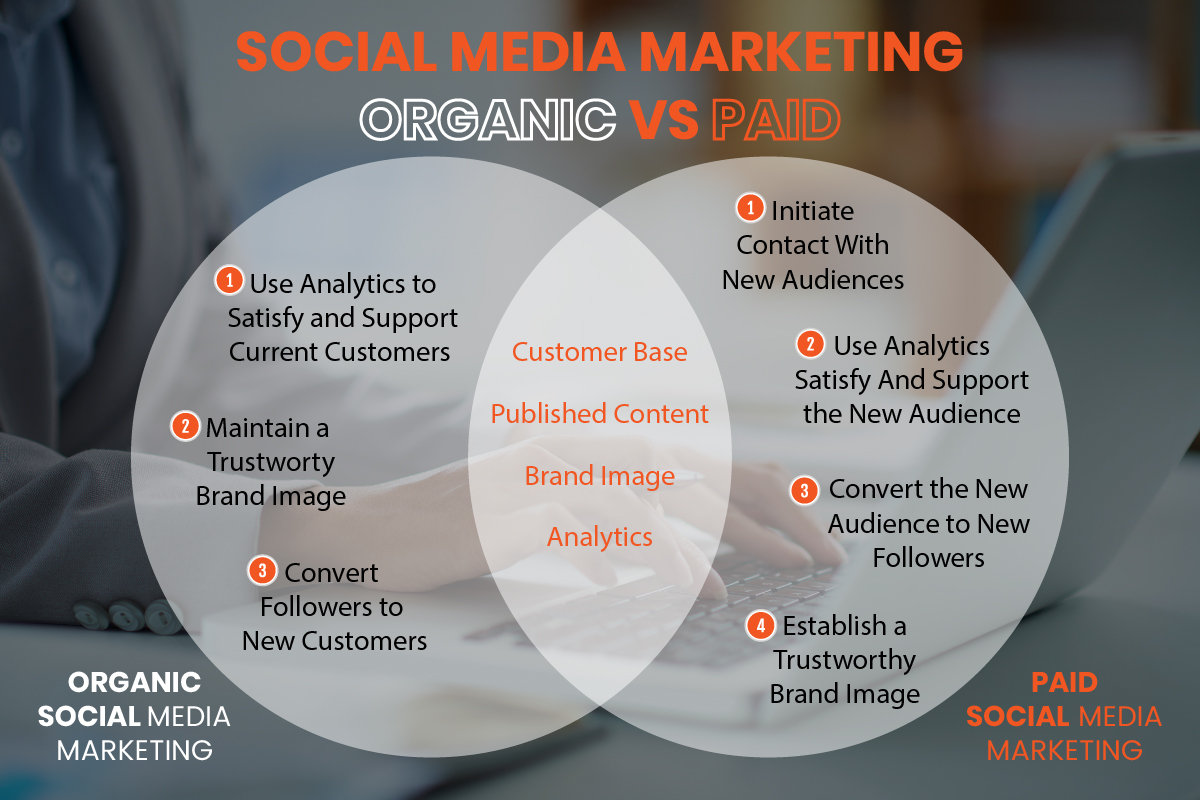
Organic vs Paid Social Media Marketing
Social media marketing has evolved, and now marketers use these platforms for the full customer journey from customer acquisition, retargeting, retention, and support.
Why Do You Need to Implement Both Paid and Organic Social Media Marketing?
Are you undecided about whether to devote resources to paid or organic social marketing for your brand? You will need to adopt both approaches to gain exposure in new marketplaces and to serve and satisfy your existing clientele. Paid and organic social media marketing efforts are different and are therefore best used in planned coordination. Algorithm updates and other unpredictable disruptions or disturbances in network conditions sometimes interrupt the best organic strategies. In these circumstances, paid ads can augment or in worst-case situations, even replace your organic efforts.
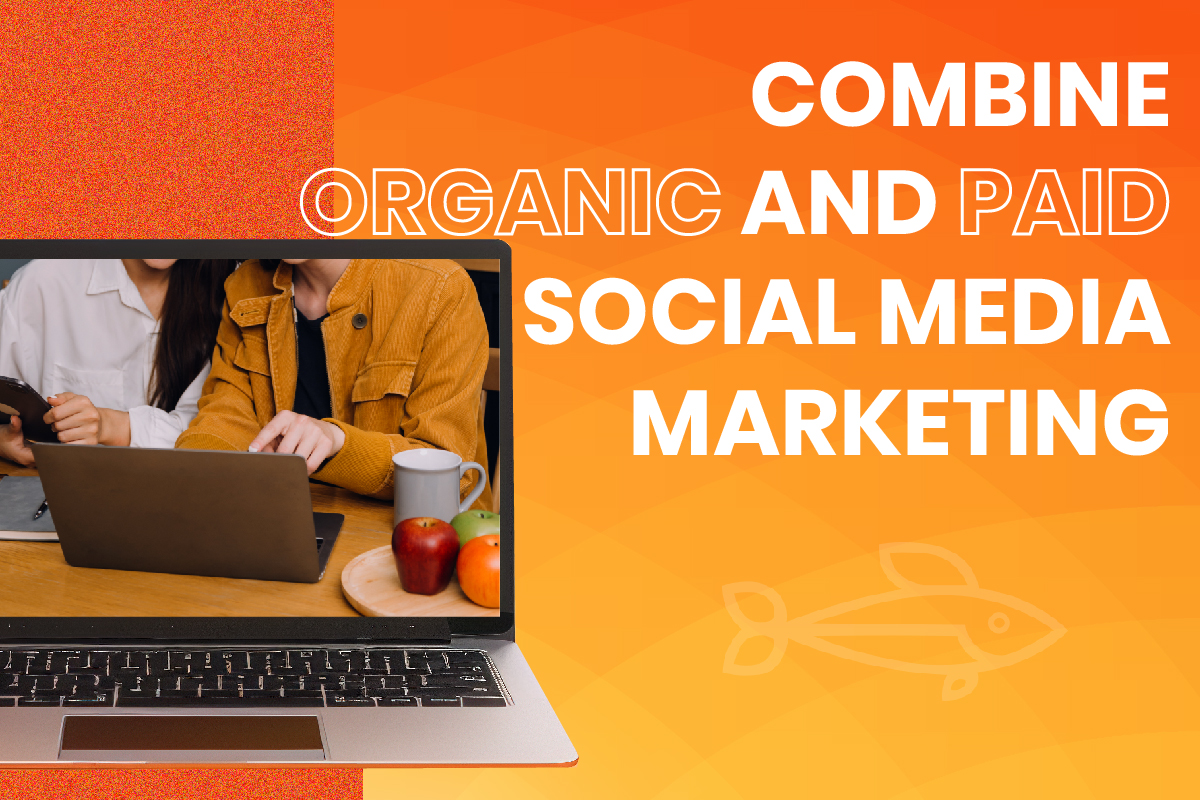
Organic and Paid Social Media: How to Integrate both into your strategy
Although organic efforts are essential for fostering genuine client relationships, paid content distribution is crucial for optimizing your reach. But how do you know when your organic social media approach is enough, and when to invest in paid ads?
Organic social media has less unsolicited market exposure compared to paid social media because algorithms prioritize individual users over businesses. Therefore, brands need to integrate a “boosting” strategy within their organic posts to reach a wider audience. By running commercial advertisements in your best-performing organic posts, you can generate more reach and engagement.
Adopting a holistic approach, mobilizing both paid and organic strategies, allows you to engage with existing followers and reach a broader audience simultaneously. Take a cue from these steps:
- You don’t need to pay for all promotional posts
Not every opportunity for a commercial post needs action. Only pay for ads that meet your business goals. Never underestimate the power of a well-designed organic post that people want to repost. Create compelling content to generate excitement. If your best organic posts haven’t produced the desired interest and engagement, consider paid options.
- Find opportunities for automation
Combining paid and organic social media marketing efforts requires significant resources including time, money, assets, and knowledge. The key to SMM success is automating your workflow to focus on priorities. Streamline content production, approval, and copyediting, and set up personalized triggers for boosted posts. Use tools to schedule, publish, and analyze organic SMM posts.
- Don’t neglect A/B Testing
Some marketers overlook the practical benefits of A/B testing, also known as split testing. A/B testing is a basic yet essential analysis of your campaign content. It produces real-time insights, allowing you to refine your strategies as needed. Make A/B testing a regular tactic to continuously improve your campaigns.
Effective Split Testing for Social Media Campaigns
Split testing divides your audience into two groups, showing each a different version of an ad. Comparing responses helps determine the better-performing version. When creating A/B tests, change only one element at a time. For multiple elements, conduct separate tests.
A/B testing your ads with a small audience helps identify which versions resonate best, supporting your business goals. To optimize ROI in paid and organic social media marketing, test your copy, CTA, visuals, ad placement, and audience targeting. Gather data and adjust your message for maximum impact. Use UTM parameters to track and set up manual split tests for organic posts.
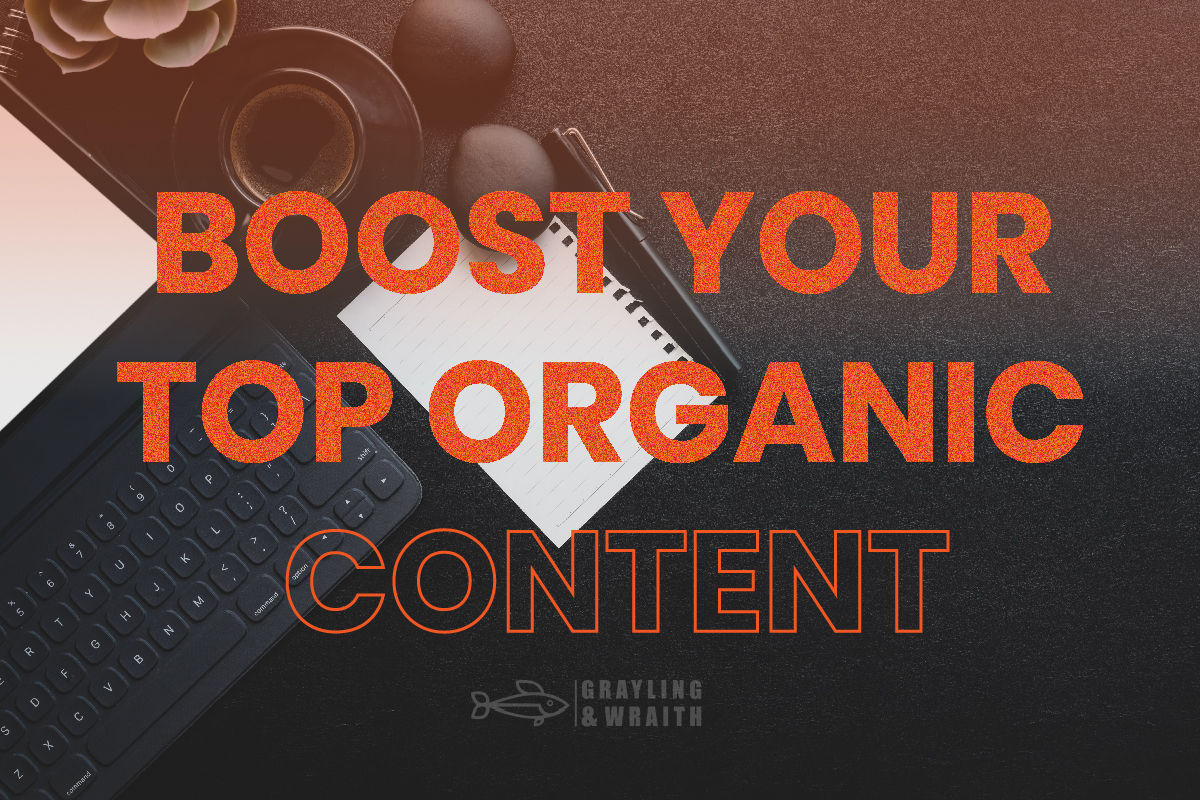
- Boost your top organic content
The content-to-newsfeed ratio is skewed in such ways that there is more published content available online than there is newsfeed space for it to be shown. Furthermore, platforms such as Facebook provide the “most relevant” content and prioritize individual posts over branded content. To overcome this engineered inertia imposed on your business’s organic reach, you must boost your best organic posts.
Your top posts are the easiest way to explore the world of paid advertising.
Promoting Your Best Content
There is a considerable risk of exciting hostility or indifference toward your business if you offer the wrong message to the wrong audience. This risk is greatly reduced if you promote only your most popular content to new, previously untapped audiences. Your best content has already proved itself effective and appealing to your most important and devoted audience. It has the best chance to also prove interesting, useful, and convincing to a new audience.
Choosing the Right Posts to Boost
But what are your best posts? While Facebook highlights your top-performing posts, avoid boosting them automatically. Instead, boost posts that align with your business objectives.
Avoid promoting pointless memes or frivolous content that won’t improve your bottom line. While audience interaction is good, sponsoring such posts isn’t practical for ROI. Focus on content that will generate positive ROI and justify the promotion costs. Identify your most popular and engaging organic posts that, when combined with paid efforts, will drive newsletter sign-ups, close sales, or attract new followers.
Do not ignore Facebook suggestions concerning which of your posts to boost, but do not allow Facebook to dictate your decisions either.
- Stay connected to your existing audience through retargeting ads
Facebook “retargeting” ads are a realistic and cost-effective way to attract and engage with an interested following. Retargeting content enables you to connect or reconnect to users who already know and trust your brand. Often, these connections are your website, visitors, or previous customers. The goal of retargeting is to build repeat business and customer retention.
Approach retargeting in a measured way, with the understanding that most people don’t convert the first time they see an ad from your brand. This will often be the case, so let your audience members take their time. Set up a casual and unhurried sales funnel. Let your audience get to know your brand and what you have to offer. Some may convert at once, of course, but there is a considerable likelihood that they won’t. Be creative, be patient, be genuine, and be relentless.
- Use a lookalike audience
Think of a lookalike audience as an innovative matchmaker for your brand. A lookalike audience allows you to reach people with profiles (personal interests and consumer behaviors) that are similar to the profiles of your best customers. Facebook developed the lookalike audience tool in 2013. These customers may be your website visitors, previous customers, or people who have previously bought products or browsed services like the ones you have on offer. Because appeals to lookalike audiences will usually generate some number of quality leads, this targeting option offers reasonable ROI on promotional spending. And you can target multiple Lookalike Audiences at the same time for the same ad campaign.
- Take advantage of social listening
Organic Social Media Marketing is a universally accepted means of communicating with your audience. You have only to listen to what people are saying to understand what they think about your brand. Social listening is the process of purposefully monitoring and analyzing the conversations, attitudes, and customer behaviors that develop within your marketing space. The time you have spent listening is very valuable. Once you have successfully interpreted what you have heard, you can adjust your OSSM efforts or implement PSSM to meet your goals. Ideally, you will use paid campaigns to reinforce the brand messaging that you originally shared organically.
- Evaluate your data and your analytical methods
Examine the data available from your social analytics tool. This will help you judge where to revise your campaign to achieve improved results. You can compare Organic Social Media Marketing and paid social media marketing. Then, build custom reports to provide insights into the ROI of all your social campaigns. With an overview of all your strategies, you can make data-driven adjustments to both Organic Social Media Marketing and paid social media marketing campaigns.
How to create engaging social content that drives results
Social media content shapes how your audience perceives your brand and your products and services. Creating, publishing, and promoting original, engaging, understandable, useful, and convincing content is therefore critical to your brand identity. Whether you are a one-man workforce or have a large dedicated SMM team, you must offer persuasive content that supports your business goals. The question is, how do you create content that cuts through the noise and grabs your audience’s attention? Consider the following:
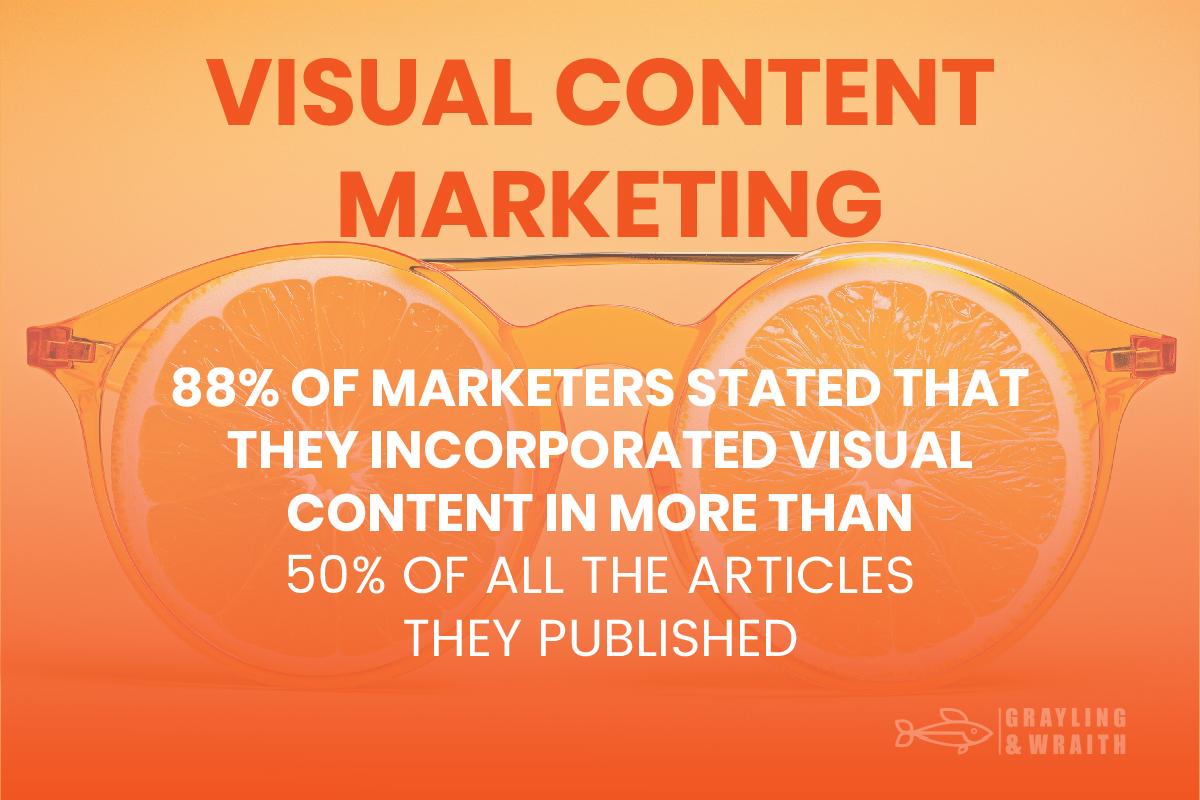
Use visual content
Most contemporary marketers are using visual content to convey their message, and in a recent study, 64% stated that visual media was either important or very important. A similar study found that Facebook posts with images have 2.3 times more engagement than those without. Although adding visual content will not solve any particular post’s problems, it boosts both impressions and engagement. Visual marketing is not simply adding images. It means combining imagery and compelling content in ways that persuade your potential audience to engage with your company, its products, and services. Vary your visuals, create social media-specific videos, and improve the quality of your images. Your data will show incontrovertibly how your visual content improves interaction with your posts.
Ditch the stock photos
Do not use stock photos. Use original visuals. Website visitors who encountered original images were 35% more likely to engage with brands that produced them. Hire a local photographer to take photos that match your branding identity. If you have no budget to hire a professional, take time to take your photos using a high-spec smartphone. If you must use stock photos, make sure to use pictures relevant to the content you’re posting. The stock photos you use should also be consistent with your branding yet unique enough to catch attention.
Encourage User-Generated Content
People love seeing authentic content on brands’ social media platforms. User-generated Content (UGC) humanizes your brand. 75% of marketers claim that UGC makes the brand more authentic. UGC influences consumer decisions with 92% of the consumers trusting recommendations coming from other people compared to any other source.
Encourage your users to provide content for your brand by hosting a giveaway contest or promotion. Posting and sharing user reviews is also an effective tactic to attract content from your audience while at the same time building your credibility and reputation.
Tapping on influencers can also be an effective way to generate user content. Influencer marketing is a form of affiliate marketing. In affiliate marketing a business would pay a commission to a particular influencer to market specific products and services. Typically, you would pay an influencer who produces a traditional blog to promote or link to certain of your products or services. No matter how you generate content, ensure that you credit original creators. This helps you avoid copyright issues and fosters positive customer relationships.
Get better ROI from your marketing dollars
Get better ROI from your marketing dollars by incorporating Organic Social Media Marketing to develop appropriate and engaging content before setting out on a paid campaign. Make the most of your organic efforts and other inexpensive options before approaching paid social media marketing. Always track your efforts, whether organic or paid.
Get better ROI from your marketing dollars by incorporating Organic Social Media Marketing to develop appropriate and engaging content before setting out on a paid campaign. Make the most of your organic efforts and other inexpensive options before approaching paid social media marketing. Always track your efforts, whether organic or paid.
It’s not about organic social media marketing versus paid social media marketing. It’s about integrating these strategies to reach your business goals. As Organic Social Media Marketing reach continues to dwindle across many platforms, it becomes more critical to establish a regular program for disseminating paid content to reach a wider audience. Nevertheless, organic social still offers an important opportunity. It allows you to promote your brand to a loyal base of followers and clients without any expenditure of resources.

